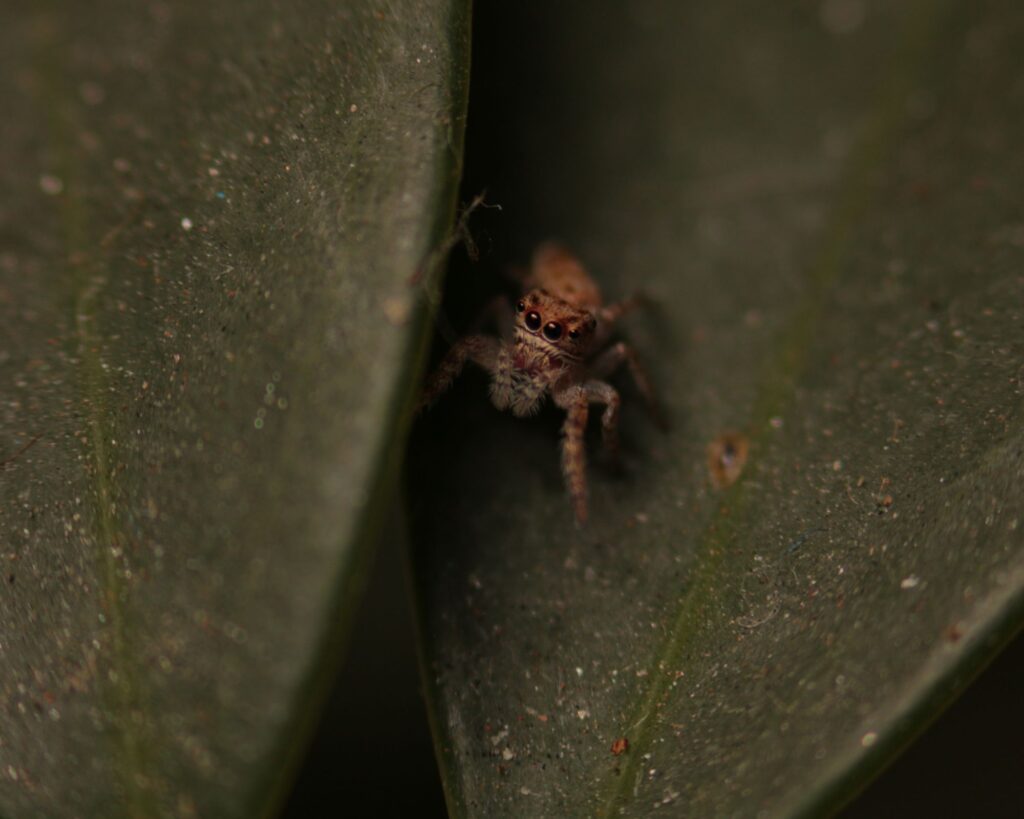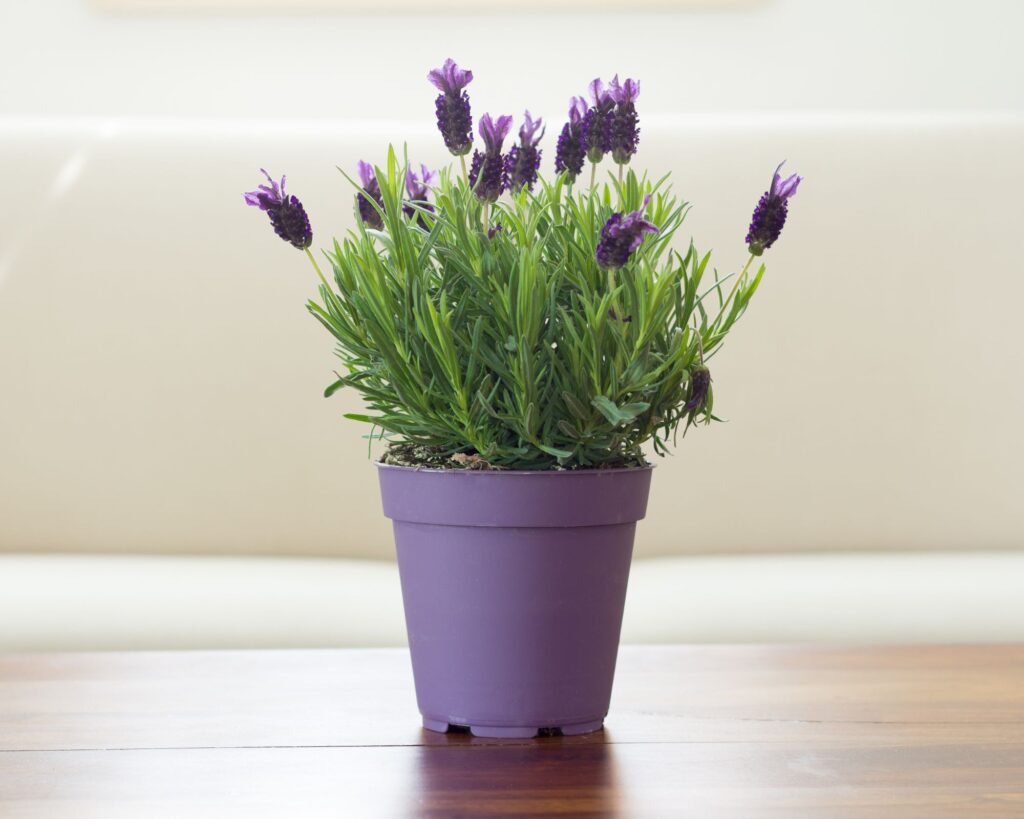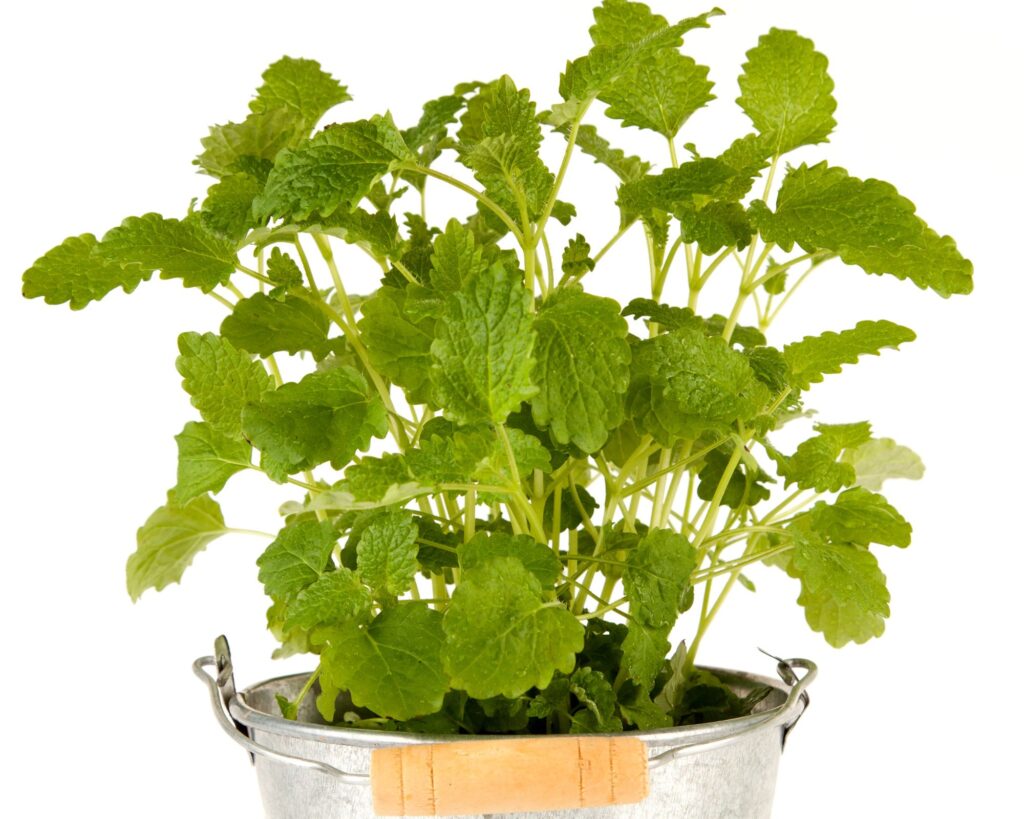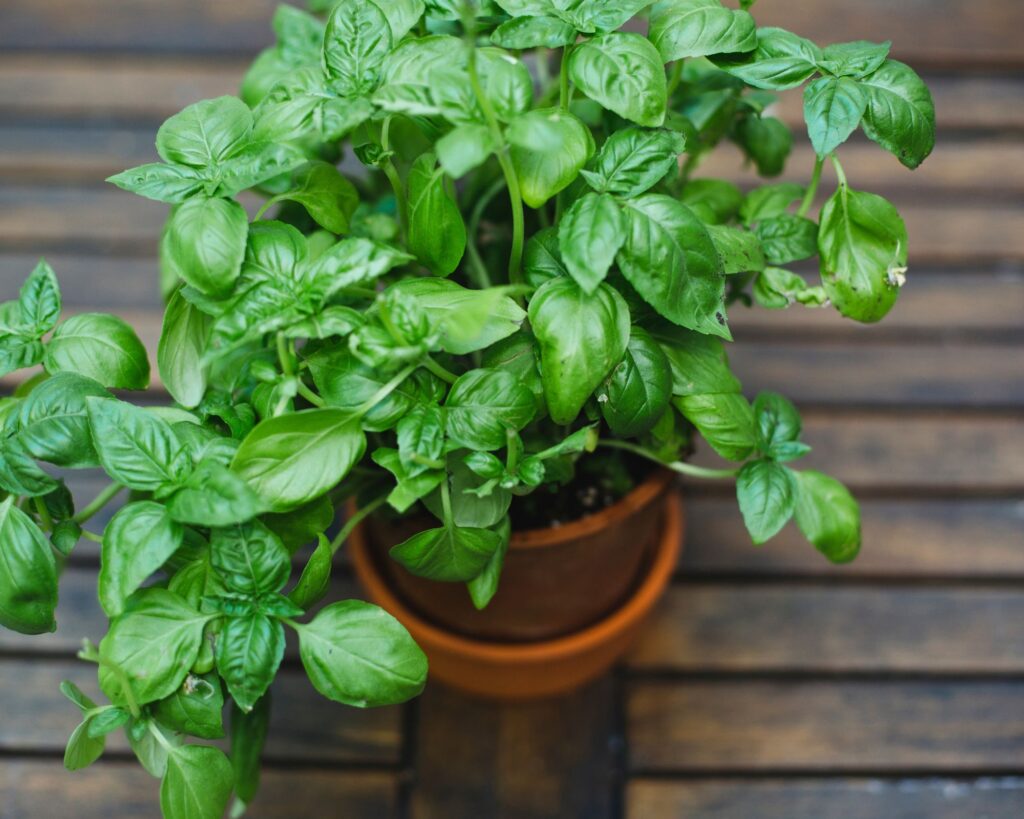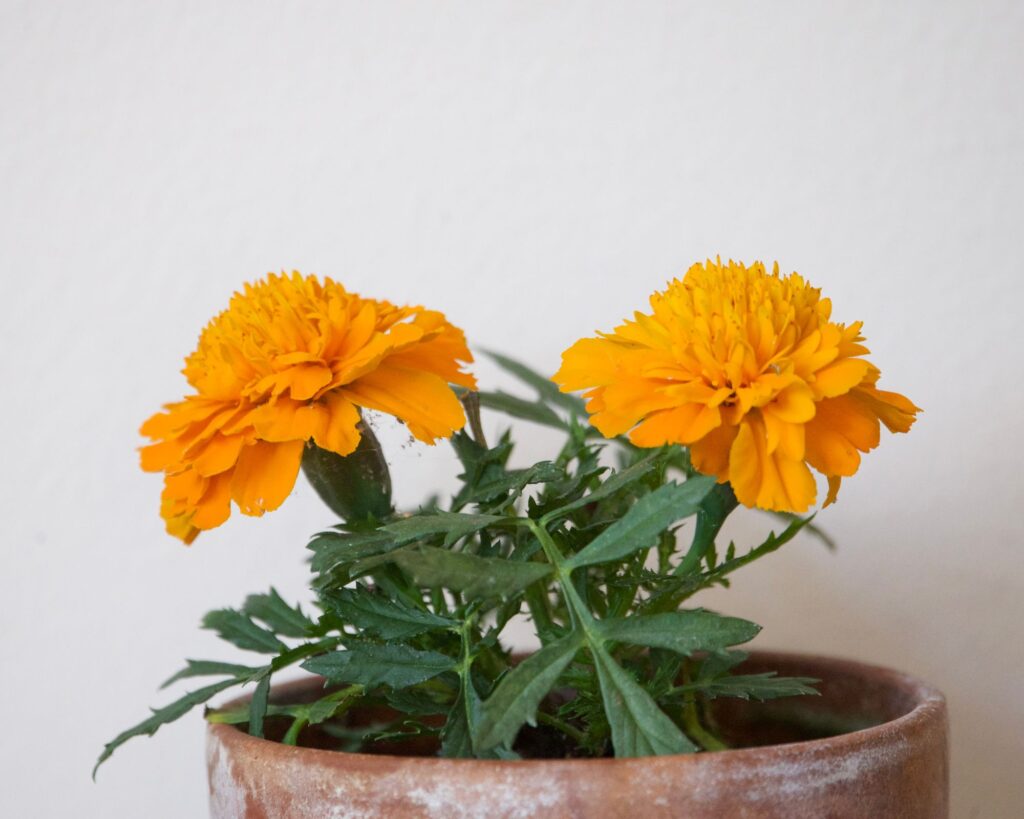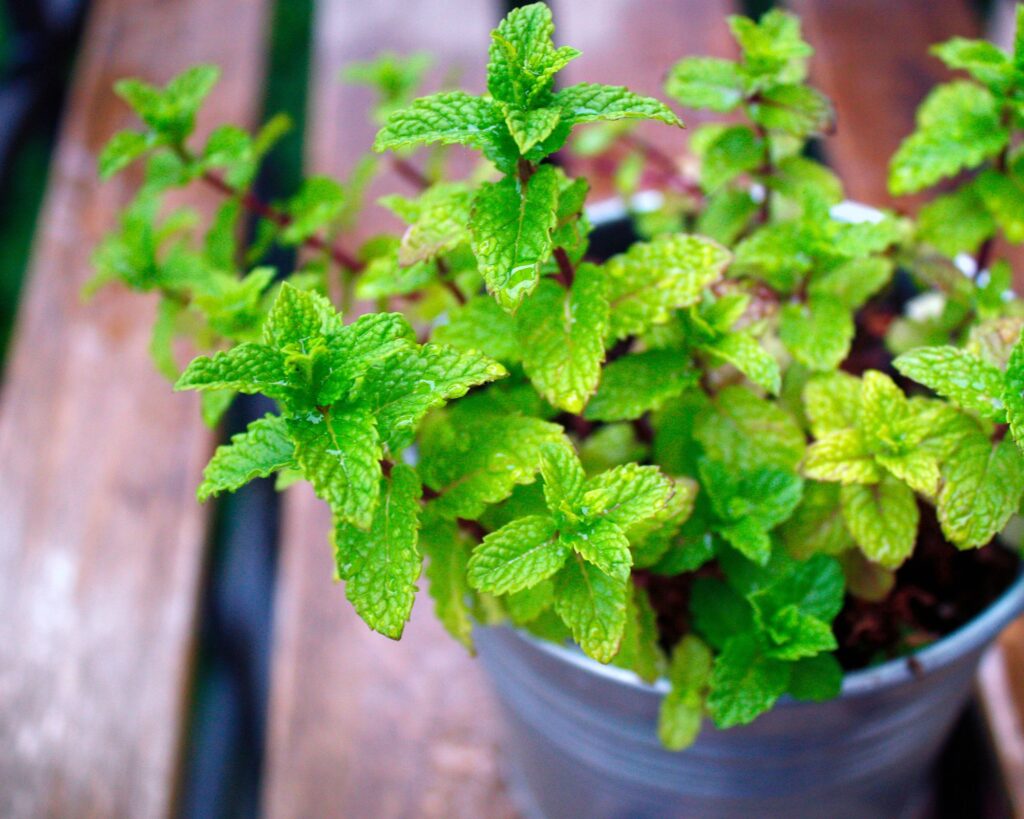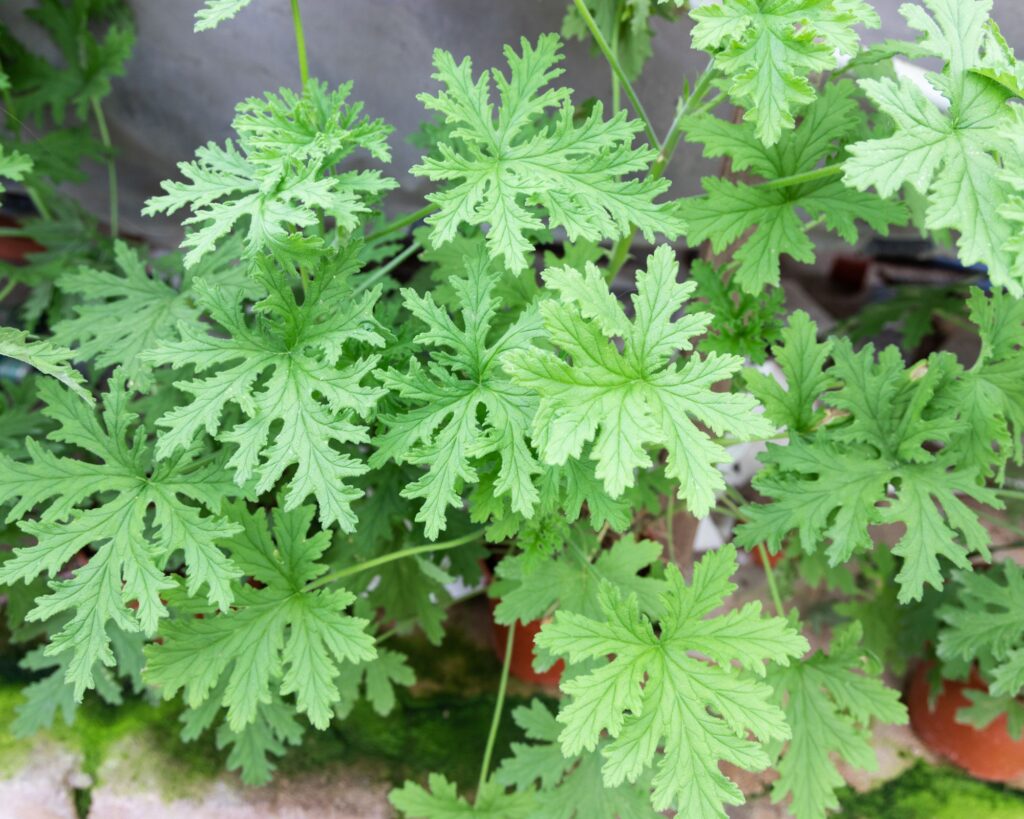Tired of battling creepy-crawly, eight-legged invaders in your home? What if I told you that nature itself holds the secret to keeping those pesky spiders away?
Certain indoor plants not only bring life and beauty to your space but also act as powerful natural spider repellents.
Say goodbye to chemical sprays and hello to a greener, fresher solution that works effortlessly. With a few strategic placements, you can create a spider-free sanctuary while adding charm and fragrance to your home.
Ready to transform your indoor garden into a pest-free paradise? Let’s dive into the plants that make it happen.
Natural Pest Control
Spider-repelling plants offer more than just a bug-free home. They can provide natural pest control and add aesthetic and psychological benefits. Spider-repelling plants, like lavender and mint, release natural oils and scents that spiders find repulsive.
Unlike chemical sprays, these plants are safe for your family and pets. They also target other pests such as mosquitoes and flies, creating a healthier indoor environment.
Another benefit is sustainability. By growing these plants, you reduce the need for pesticide use. This means fewer chemicals in your living space and less exposure to toxins.
An added bonus is that these plants can thrive indoors, making them a convenient option for any home.
Besides their practical uses, these plants also enhance your indoor garden’s appearance. Varieties like rosemary and eucalyptus come with vibrant colors and interesting textures. This can make your space more inviting and pleasant to be in.
Spider-repelling plants can also improve your mental well-being. Tending to plants has been shown to reduce stress and improve your mood. Plus, having a pest-free home can lead to better sleep and increased comfort.
Common House Spiders
Spiders can often make unwelcome guests in your home. Certain plants naturally repel these arachnids, making them handy additions to your indoor garden.
There are several species of spiders that typically find their way into homes. The most common include the American house spider, the common cellar spider, and the brown recluse. Each species has its own habits and preferred hiding spots.
The American house spider often spins webs in corners. Cellar spiders, with their long legs, prefer basements and attics. Brown recluses are shy and tend to hide in dark, undisturbed areas.
Understanding their habits can help in targeting their aversions effectively.
How Plants Deter Spiders
Certain plants release aromas that spiders find unpleasant. Lavender, for example, emits a scent that repels many insects, including spiders. Mint and lemongrass work similarly, emitting strong scents that spiders avoid.
Plants like marigold and eucalyptus also play roles in repelling spiders. These plants can serve as natural repellents because of the essential oils they produce. Incorporating these plants into your indoor garden can help create a spider-free environment.
In addition to their repelling scents, some plants also emit volatile chemicals. These chemicals can interfere with a spider’s sensory organs, making your home less attractive to them.
1. Lavender
Why it works: Lavender is a powerhouse when it comes to repelling spiders and many other insects. Its strong, pleasant scent is irresistible to humans but repugnant to spiders, making it a perfect choice for keeping these critters at bay.
How to grow it: Lavender thrives in sunny spots, so place it near a window where it can soak up sunlight. It prefers well-drained soil, and you should water it sparingly, allowing the soil to dry out between watering.
In addition to repelling spiders, lavender can help create a calming atmosphere in your home with its soothing aroma.
Bonus: Lavender’s flowers can be harvested and used in sachets, potpourri, or homemade essential oils, making it a versatile plant with multiple uses.
2. Peppermint
Why it works: Peppermint’s strong menthol scent is highly effective in repelling spiders. The essential oils released by peppermint plants create an environment that spiders find unpleasant.
Additionally, peppermint can repel other pests, such as ants and mosquitoes.
How to grow it: Peppermint is easy to grow in pots, making it a great choice for indoor gardening. Keep it in a spot that gets partial sunlight and water it frequently to ensure the soil remains moist but not waterlogged.
Peppermint can also be used in teas, desserts, or as a garnish, giving you more reasons to cultivate this refreshing herb.
Bonus: You can make a simple spider-repelling spray by mixing peppermint essential oil with water and spraying it around windows and doorways to create an extra barrier against spiders.
3. Chrysanthemums
Why it works: Chrysanthemums (or mums) are not only beautiful additions to your home but also powerful spider deterrents.
These flowers release a chemical called pyrethrum, a natural insecticide that is effective against spiders, as well as other insects like ants, ticks, and roaches.
How to grow it: Mums enjoy plenty of sunlight and should be watered regularly to keep their soil moist but well-drained. They come in a variety of colors, so you can easily find one that complements your home décor.
Additionally, they improve indoor air quality by filtering out toxins, providing a double benefit for your living space.
Bonus: Place chrysanthemums in areas where spiders tend to congregate, such as doorways and windowsills, to keep them out of your home.
4. Lemon Balm
Why it works: Lemon balm has a fresh citrus aroma that spiders can’t stand. The plant’s lemony scent acts as a natural deterrent, keeping spiders from settling in your home.
How to grow it: Lemon balm is low maintenance and thrives in partial shade. It grows well in pots, making it a perfect option for indoor spaces. It prefers moist soil but be careful not to overwater, as its roots can rot if left in standing water.
Regular pruning will help keep the plant healthy and bushy.
Bonus: Lemon balm is also known for its calming properties and can be used in teas to help reduce stress and promote better sleep.
5. Eucalyptus
Why it works: Eucalyptus is another plant with a strong scent that spiders find repellent. Its essential oils contain compounds that disrupt a spider’s sensory organs, making your home an unwelcoming environment for them.
How to grow it: Eucalyptus plants need plenty of sunlight and should be placed near a sunny window. They also require well-drained soil, so allow the top layer of soil to dry out between watering.
This plant can grow tall, so be sure to place it in a spot with enough space for it to thrive.
Bonus: Eucalyptus leaves can be harvested and used in home remedies, essential oils, or as a natural air freshener.
6. Basil
Why it works: Basil is a versatile herb that not only enhances your cooking but also repels spiders and other insects like flies and mosquitoes. Its strong aroma acts as a natural deterrent.
How to grow it: Basil grows best in well-lit areas with indirect sunlight. It requires regular watering to keep the soil consistently moist but not soggy.
Pinch off the top leaves regularly to encourage bushier growth and prevent flowering, which can make the plant less effective at repelling insects.
Bonus: Basil is perfect for your kitchen window, where it can double as a fresh culinary herb for your recipes.
7. Rosemary
Why it works: Rosemary’s strong scent is another natural deterrent for spiders. The plant releases oils that spiders dislike, making it an effective spider-repellent in your home.
How to grow it: Rosemary prefers full sunlight and thrives in well-drained soil. It doesn’t need much water, so allow the soil to dry out between waterings. This drought-tolerant herb is also perfect for adding a Mediterranean touch to your indoor garden.
Bonus: Rosemary can be used in cooking and herbal teas, providing an additional benefit beyond pest control.
8. Marigold
Why it works: Marigolds are known for their bright, cheerful flowers, but they also serve as excellent spider repellents. The plant releases a scent that deters not only spiders but also other pests such as aphids and mosquitoes.
How to grow it: Marigolds thrive in sunny locations and should be watered regularly, keeping the soil moist but not waterlogged. They are easy to grow and can be placed in pots around your home to add a splash of color and protection against spiders.
Bonus: Marigolds can be planted near doorways or windows to keep spiders from entering your home.
9. Mint
Why it works: Like peppermint, other varieties of mint, such as spearmint, are also effective at repelling spiders. The plant’s strong scent interferes with a spider’s ability to detect prey, making it an undesirable environment for them.
How to grow it: Mint grows best in partial shade and moist, well-drained soil. It spreads quickly, so it’s ideal to grow it in pots to keep it contained. Mint can be used in various culinary dishes and teas, adding even more value to this pest-repelling plant.
Bonus: Use mint leaves to create refreshing teas or garnish your drinks and desserts.
10. Citronella
Why it works: Citronella is best known for its ability to repel mosquitoes, but it also works well at keeping spiders away. Its strong citrusy scent creates an environment that spiders dislike.
How to grow it: Citronella thrives in bright light and prefers well-drained soil. It can be grown indoors in pots, making it a great addition to your spider-repellent plant collection. Be sure to water it regularly, but don’t let the soil become waterlogged.
Bonus: Citronella oil is a popular ingredient in natural insect-repelling candles and sprays, adding an extra layer of defense against pests.


